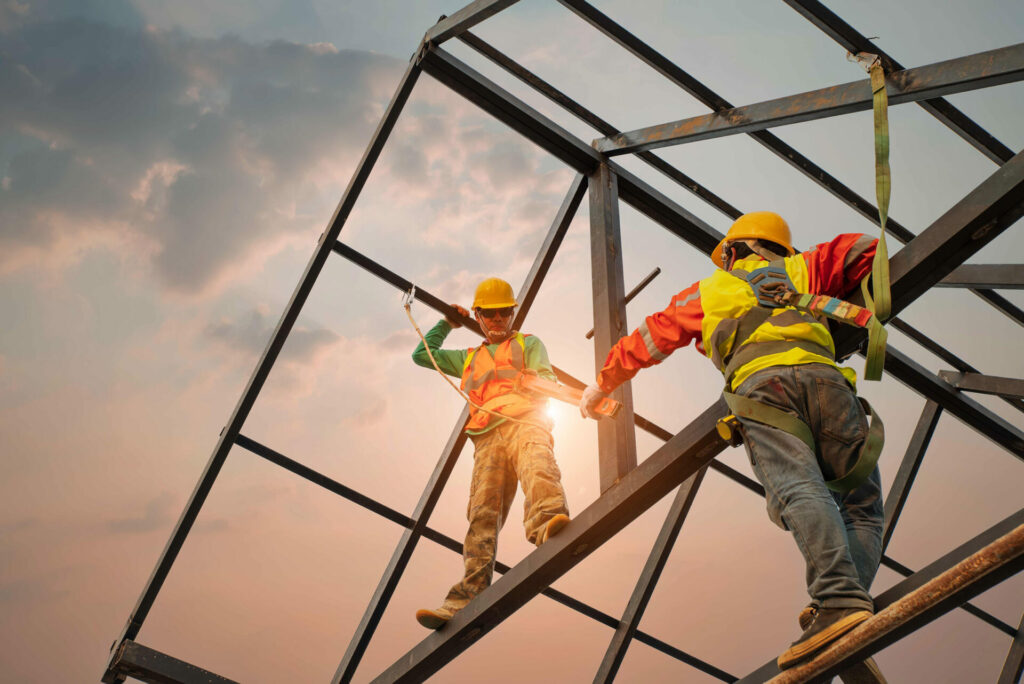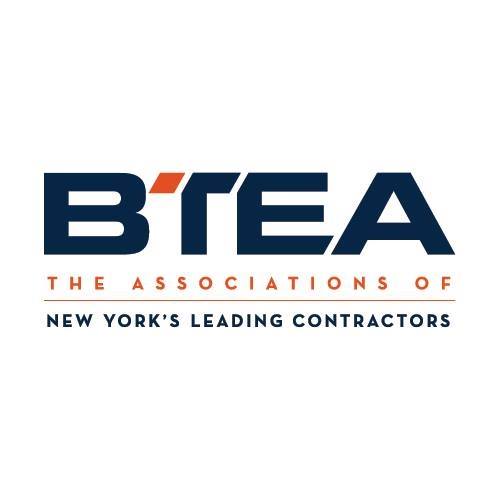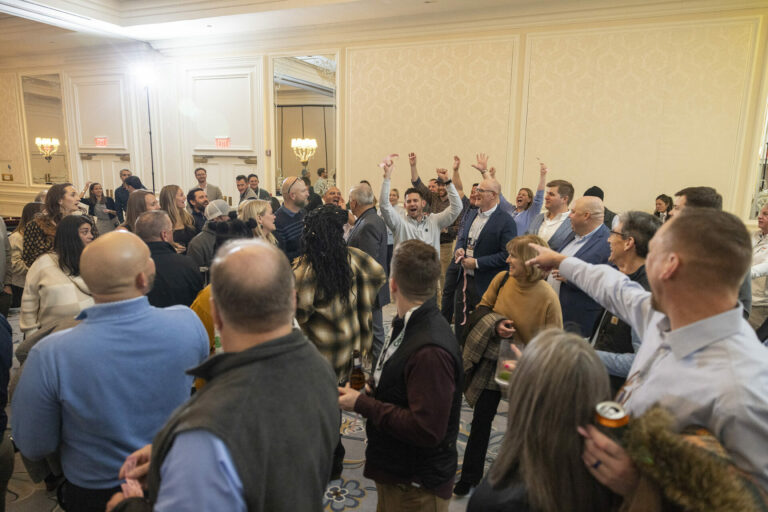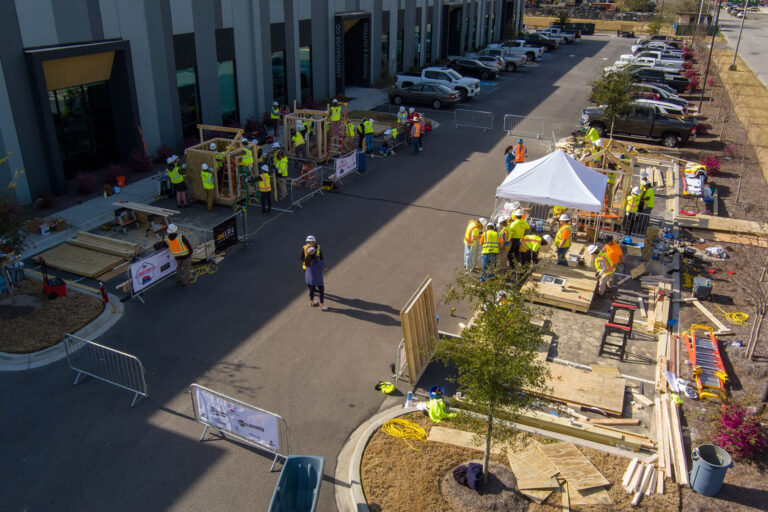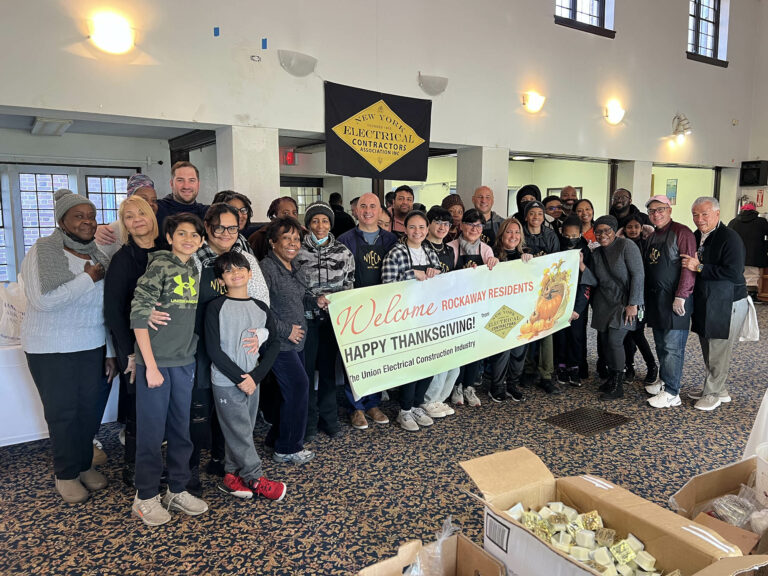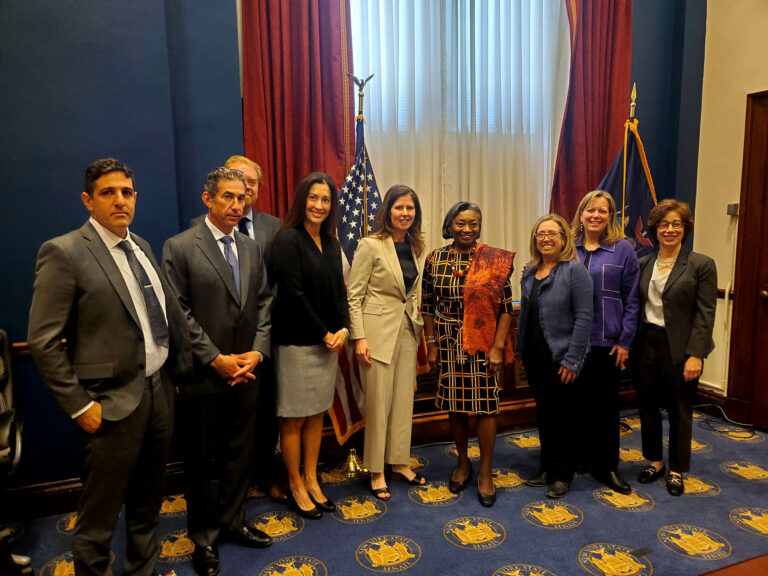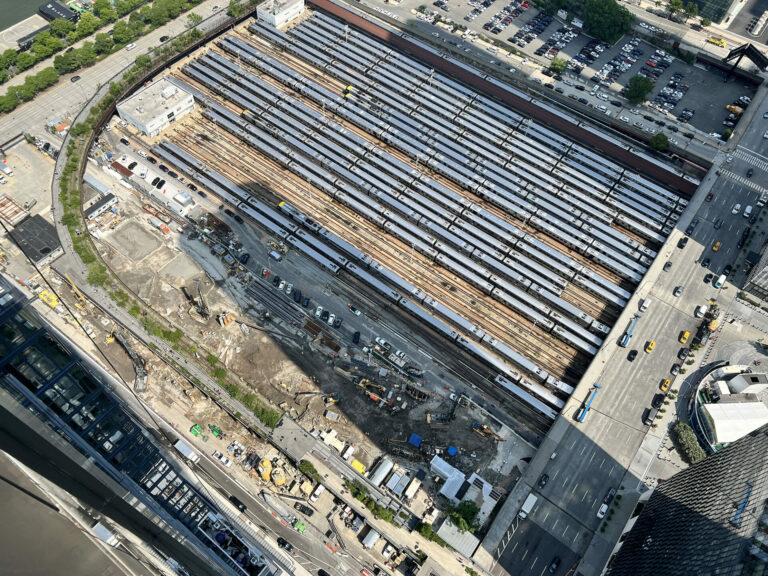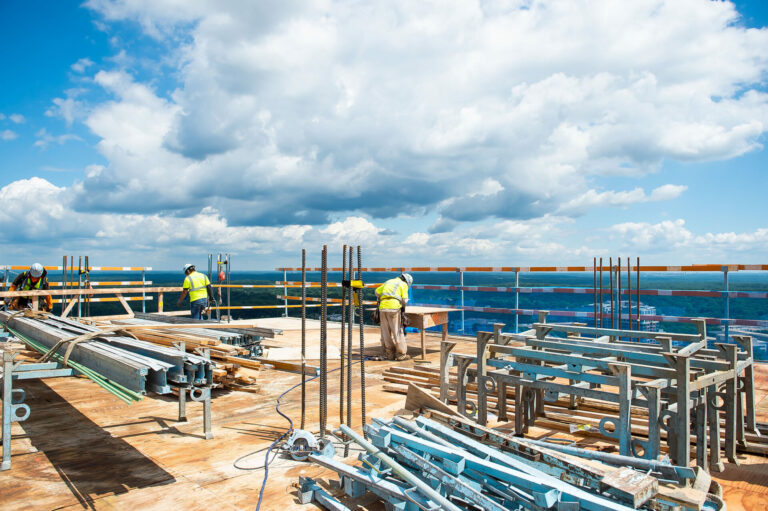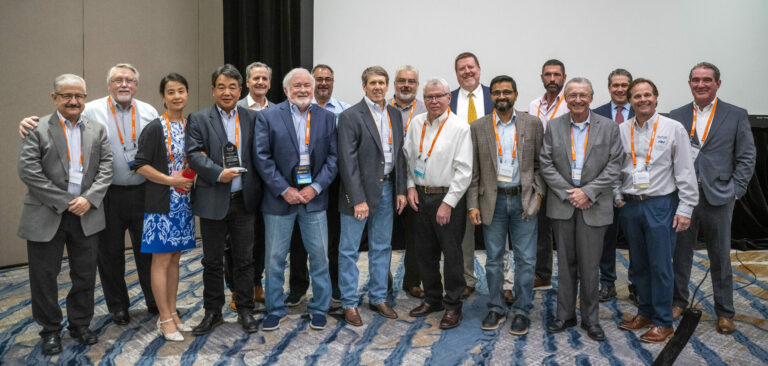New York has become a progressive state, striving to represent the interests of every person within its vicinity. Leaders on the city council are addressing multiple issues currently facing the city of New York and, as always, one of the most important of these is housing. However, while the issue of housing shortages has been factored into the equation, support for the construction of new houses has not, leading to no solution.
With this in mind, Building Trades Employers Association (BTEA) is on a mission to jump start the market and get projects moving. By reducing red tape and bureaucracy, BTEA aims to upgrade its workforce and create a prosperous environment to help pave the way to an even more progressive city. BTEA is New York’s largest Contractor Association and serves as the construction contractor’s unified advocate for construction safety standards, professional development, government advocacy and communications. In working with real estate owners, city and state public agencies, building trade unions and the public, BTEA continues to steward the next generation of solutions for a vital, sustainable and safer construction industry.
Established back in 1903, BTEA is an association of associations who have collective bargaining agreements with their respective building trade union affiliations. Within the BTEA, there are 26 associations, three general contractor groups, and 23 subcontractor groups that pay dues on behalf of the 1200 individual member companies. As such a large association, BTEA is tirelessly working on methods to allow the construction process to function seamlessly. While tackling the obstacles surrounding advocacy and government affairs is currently dominating BTEA, the association is also kept busy with other key issues, initiatives and programmes.

One of the most active BTEA Committees is the Construction Safety Committee, which holds monthly meetings with the Department of Buildings, Fire Department and OSHA representatives. The Committee discusses common issues and policies, while also being responsible for developing BTEA’s recognized Safety Awards Program.
President and CEO of BTEA, Louis Coletti, has more than 30 years’ experience in the building industry and is strongly invested in the safety of all those involved. “When COVID first came about, both the Mayor and the Governor reached out asking to help write protocols. We got together with organized labor and the real estate community then drafted the protocols that were eventually adopted and followed by both the city and the state for COVID. I recall one of my members saying to me how easy it was to do that in New York. He made one phone call to BTEA, and we got everybody together. People sometimes don’t realize what we have in the BTEA. It’s one phone call and the organization can touch everybody: owners, labor, subcontractors, general contractors, public officials. We get things done so much quicker.”
“The construction industry in New York is essential for the creation of high-paying jobs, a stable middle class and a vibrant economy.”
Outside of the safety committee is a number of other committees, including its Minority and Women Business-Owned Enterprise (MWBE), Leadership Council, and Next Generation Leadership Council. The BTEA has been a long-term supporter of diversity and inclusion and has over 177 MWBE contractors, with 55% of those contractors producing revenues of $5 million or more. The contractor organization emphasizes the importance of next generation workers by finding young talented individuals and integrating them into the association in order to help maintain a steady flow of talent. This is done through the Next Generation Leadership Councill, but talent is found in other ways too. The Construction Skills program allows New York City high school graduates to join apprenticeship programs, and other mediums such as the BTEA program for returning veterans have also proved successful.
BTEA is constantly monitoring its pipeline of workers and unlike a lot of the construction industry, BTEA is not experiencing significant trouble recruiting people. However, this does not mean that work is flowing. The issue that BTEA is facing is not with workers, it is with the work itself and being able to provide jobs for its contractors. “The cost of construction in New York City is very high and owners can’t get loans. They’ve asked for tax breaks and the senate, the state legislature, and the city are refusing to give it to the developers. So, you’re building no housing and commercial development has been cut back as a result of COVID. We’ve got a real problem with being able to provide jobs for our contractors and our labor force. That has been a real focus for us.”
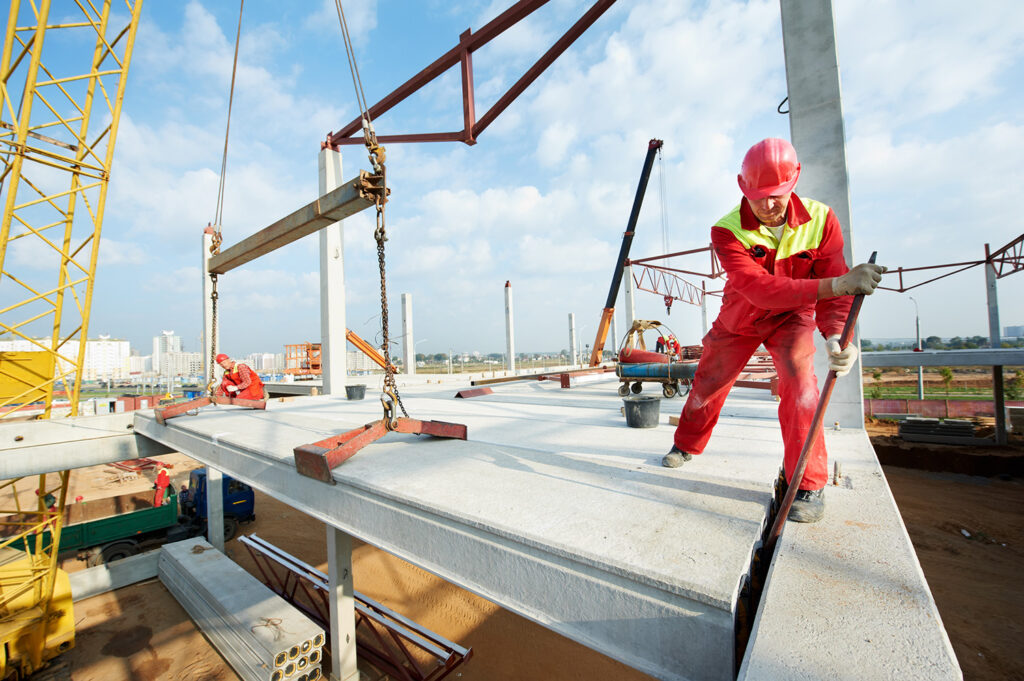
Payment for work is another issue the BTEA is trying to tackle. Cash flow is key to the construction industry and delays to payments can cause major problems, especially for small minority contractors. Coletti was recently a member of the Mayor’s public reform task force who made nine recommendations and asked the state legislature to adopt these. The desired outcome should expedite payment and capital construction processes allowing for companies to flourish, rather than decline.
The same issues of trying to advance current projects is also affecting the private sector. Coletti has a theory that this may be down to the loss of people in city government, specifically the buildings department and the fire department. Trying to avail of a building inspector or fire inspector has proven difficult and led to a hold up on jobs according to Coletti.
The construction industry in New York is essential for the creation of high-paying jobs, a stable middle class and a vibrant economy. The associations activities are devoted to creating a building environment that meets the highest standards, integrity, cost efficiency, productivity, and value, in order to contribute to improving the quality of life for all New Yorkers. Coletti is committed to tackling the current government obstacles faced by the association and providing the work BTEA is known for, and while BTEA is part of the construction industry, it is also part of the union sector which comes with certain perks. “We’re not having any trouble recruiting people, but everybody I talked to in the non-union sector is saying that they just can’t get workers. That’s the benefit of doing work in the union industry. Our wages are higher, which means our costs are higher, but they’re also safer. OSHA gives us the fatality statistics for New York City every year and for about 20 years in a row, 80% of the deaths are on non-union job sites.”
Mathematicians often use equations as a very precise way to describe various features of the world. What I am about to propose may seem like a simple and obvious solution to the equation, but to tackle issues such a housing, houses need to be built. Unfortunately, the bureaucracy and politics surrounding housing are acting as a deterrent to the issue and ultimately prolonging the housing shortage.
Ultimately, the city of New York needs to understand the importance of construction and the value of those who work within it. To simplify the equation even further: Prosperity + progression = a better city, and a better life for all within it.









